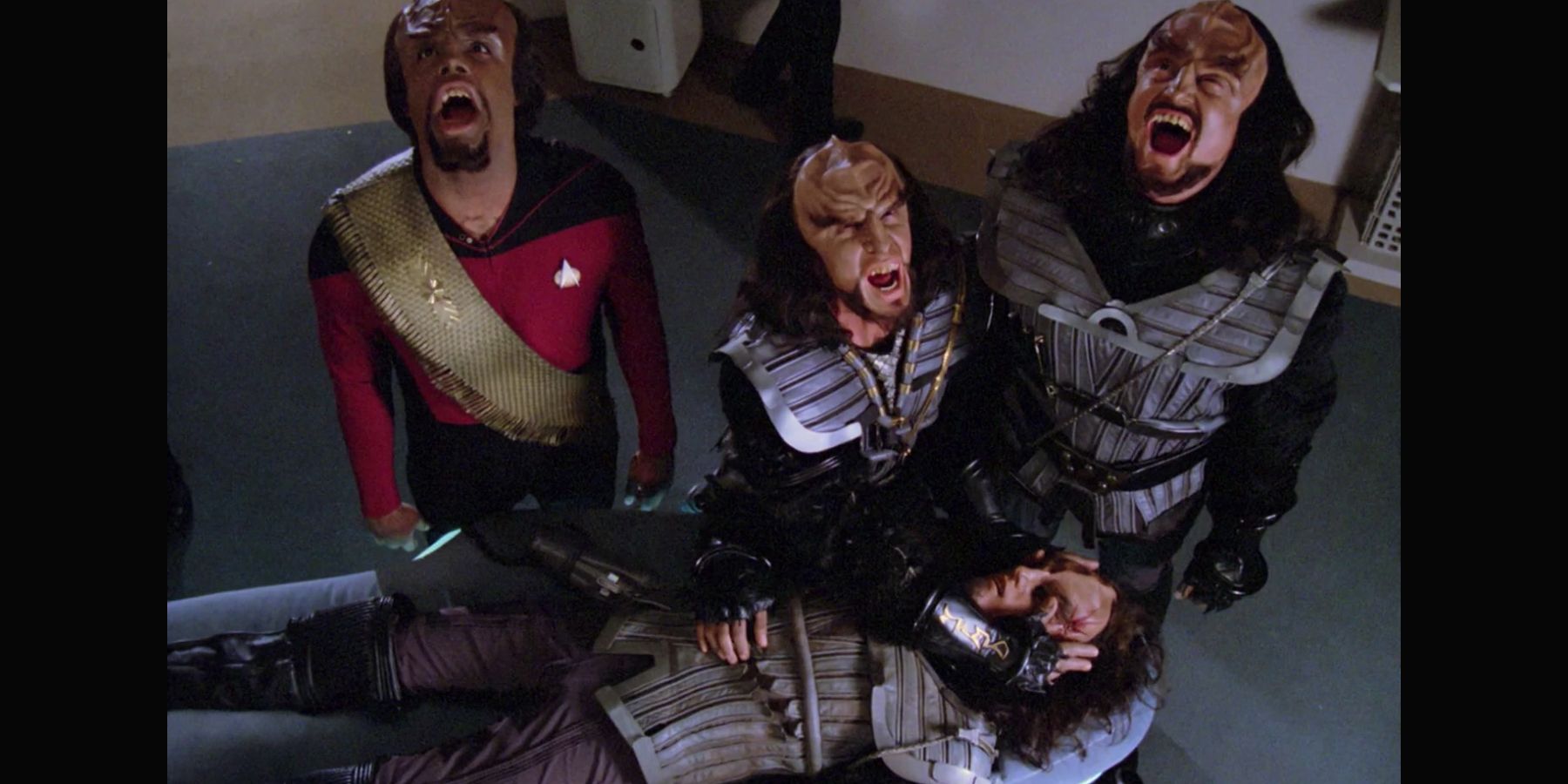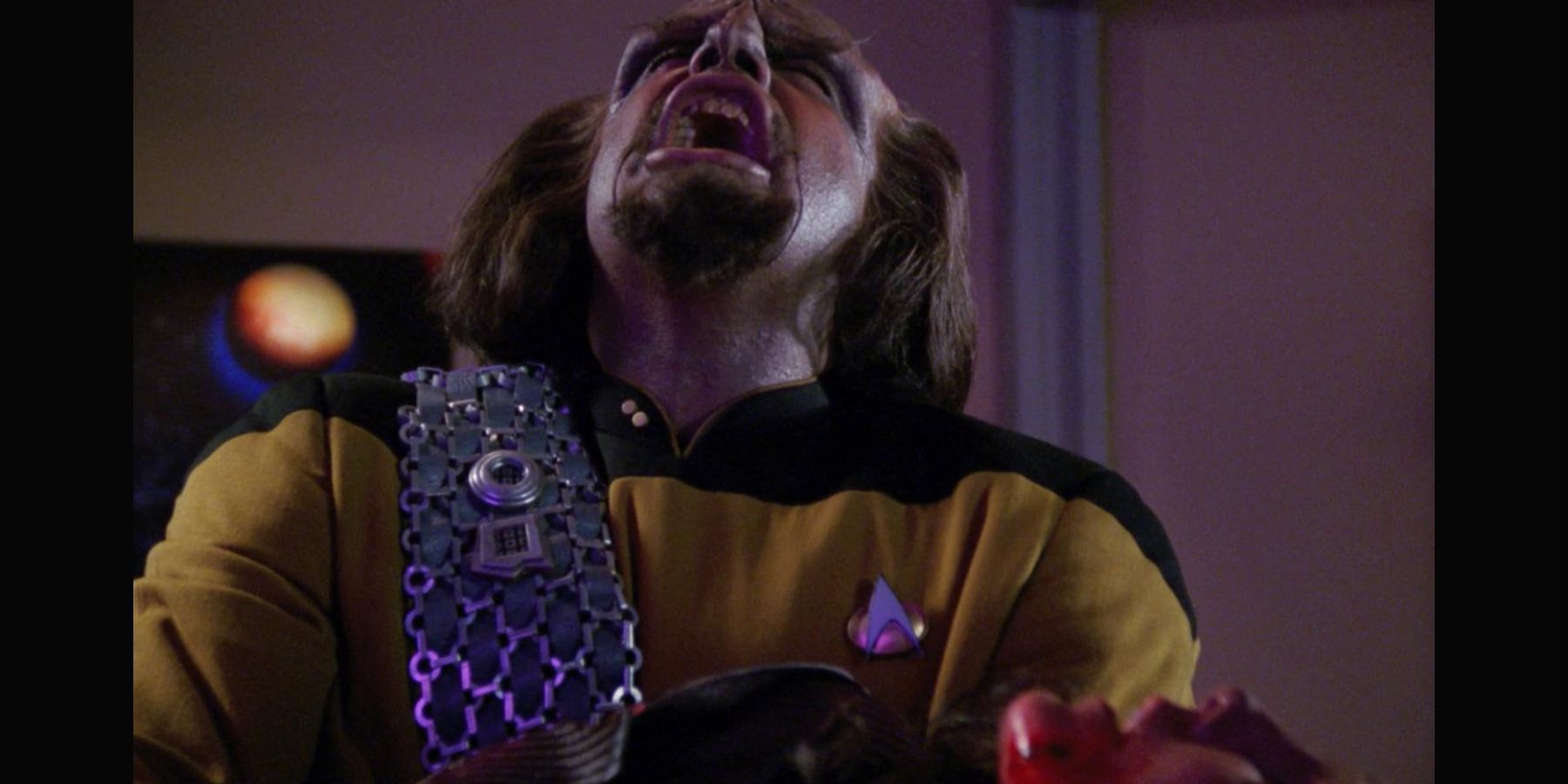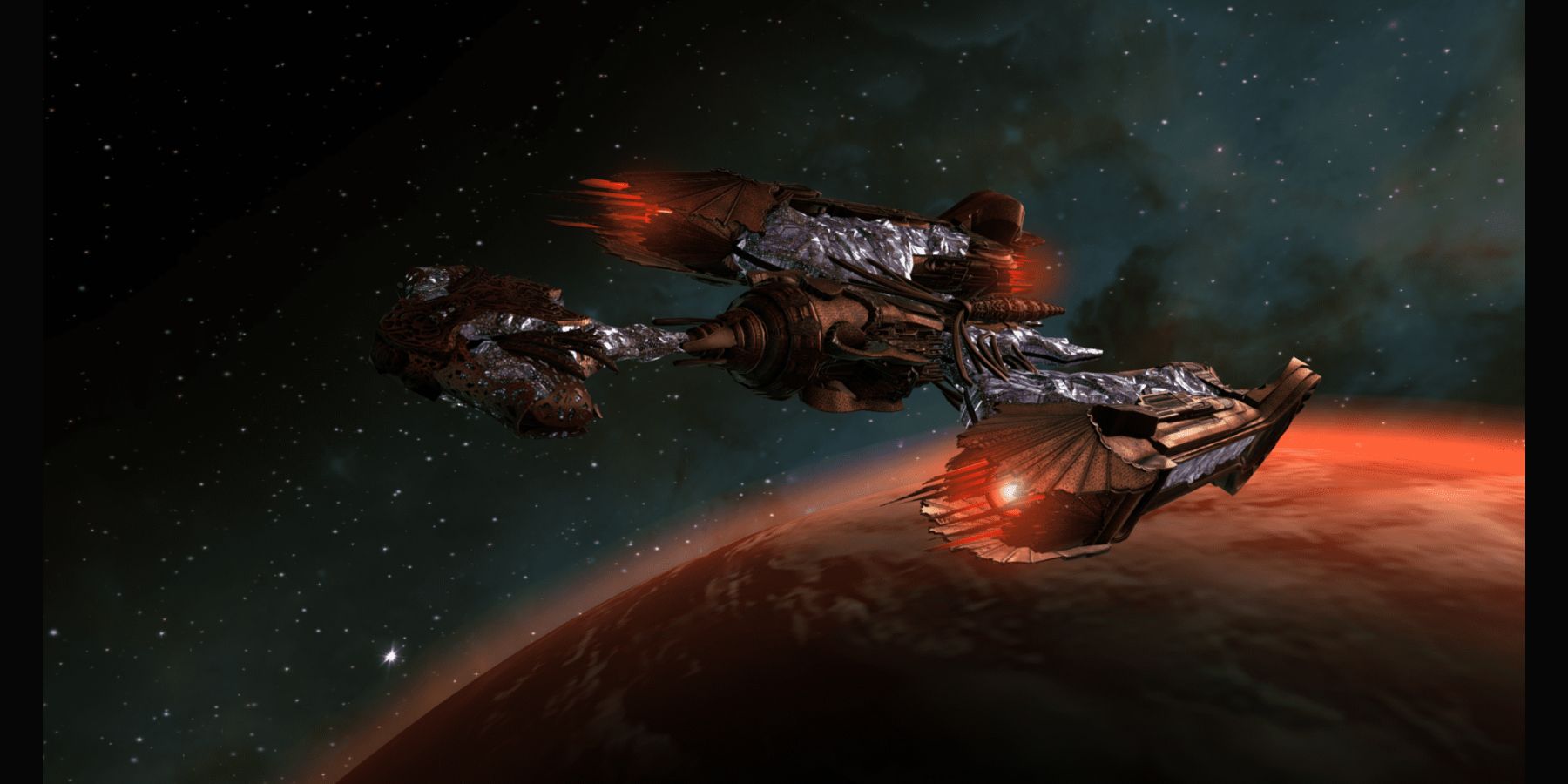Of all the alien races created during the Star Trek dynasty, few are more recognizable than the Klingons. Despite their appearance going through distinct changes over the years, they remain at the heart of the shows, alongside the mighty Vulcans and somewhat questionable Ferengi. Their culture developed masterfully on screen. They went from being enemies in the Original Series to tentative friends in The Next Generation onwards, an era regarded as their golden age of television appearances.
At the heart of Klingon culture was their deeply spiritual relationship with death and the afterlife. But what exactly were their beliefs, and how were they completely under-minded during their recent additions into the franchise?
Before Discovery came along, the strong Klingon race had some brilliant fundamental beliefs about death. They pioneered a belief that there is far too much ceremony placed on the body of the deceased, and the departed soul is more important than the body. Upon dying, the soul would depart and leave for the Klingon’s version of an afterlife: Stovokor, which is based heavily on the Norse idea of Valhalla. The body, now devoid of soul and thus of any importance, is rendered an empty shell. As such little to no ceremony or effort is put into the protection or honoring of it. Often, fallen Klingon warriors are left where they fell, moved to get them out of the way rather than to honor the body itself.
This goes against many modern-day beliefs and practices, as many place more emphasis on honoring the body rather than the soul. However, this may have something to do with the drift away from heavy religious practices. The Klingons were made out to conflict with this, something the writers of TNG knew they wanted from the start. In the season 1 episode “Heart of Glory,” audiences get the first glimpse of what Klingons do when a member of their species passes away. The episode focuses on Worf and a group of Klingon pirates. While there were a lot of bad episodes in the first season, this episode stands out as one that knows exactly it wants to portray. It is ready to set a precedent for Klingon beliefs and practices.
During the episode, one of the Klingons is killed in battle, the most honorable way for a Klingon to die. Once the dust settles, the other Klingons honor his sacrifice and passing by screaming into the sky. The idea is that they are announcing his arrival in Stovokor, letting those there know that a mighty warrior is on their way. This action is repeated later when Worf ends up killing their leader. Though Worf himself caused the death and is the enemy in this situation, he too honors his passing by yelling to Stovokor alongside the other klingon pirates. After completing this one ritual, they have little regard for the body.
This belief of honoring the soul as opposed the physical ‘shell’ was something that ran throughout the show, all the way until Discovery. Many fans take issue with the Klingons' design change in this show (The creators later tried to sweep this change under the rug during season 2). However, design was just one of the many common changes made when a whole new team of producers and writers were tasked with adding to an existing universe. The bigger issue, though, was that they also changed the fundamentals of Klingon culture and religion. One such addition was potentially the most non-Klingon ship in the show: the sarcophagus ship.
This vessel's sole purpose was the retrieval of fallen Klingon bodies, despite this never having been part of their culture. While design changes can be explained away, and does not drastically change too much (unlike certain design elements in Strange New Worlds), this change undermined the entire Klingon philosophy of death. This can be visually explained, if only tediously, as in the episode “Genesis,” one of the worst episodes of Star Trek. The crew de-evolves, and Worf gets turned into a terrifying, animalistic predecessor. Importantly, his form is shown to have an exoskeleton similar in appearance to the ship.
However, this does not change the newfound importance in the Klingon’s fallen body. The only explanation is that the Klingons shown in Discovery, the T’Kuvma followers, are fundamentalist zealots. They are fairly far removed from mainstream Klingon culture, so it might stand to reason that they would hold different traditions and beliefs. Either way, it is a change that left a sour taste in many long-standing fans of the show. It stripped away something that many viewers enjoyed and found fascinating about the Klingons. It removed an aspect of their culture that the show's writers had meticulously set up over many years of development.



